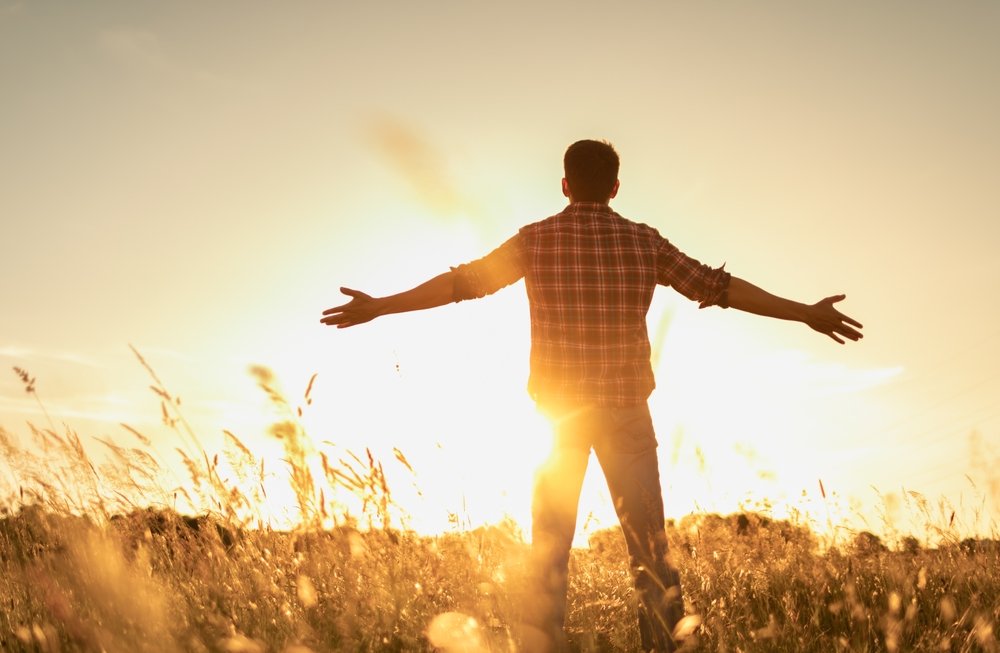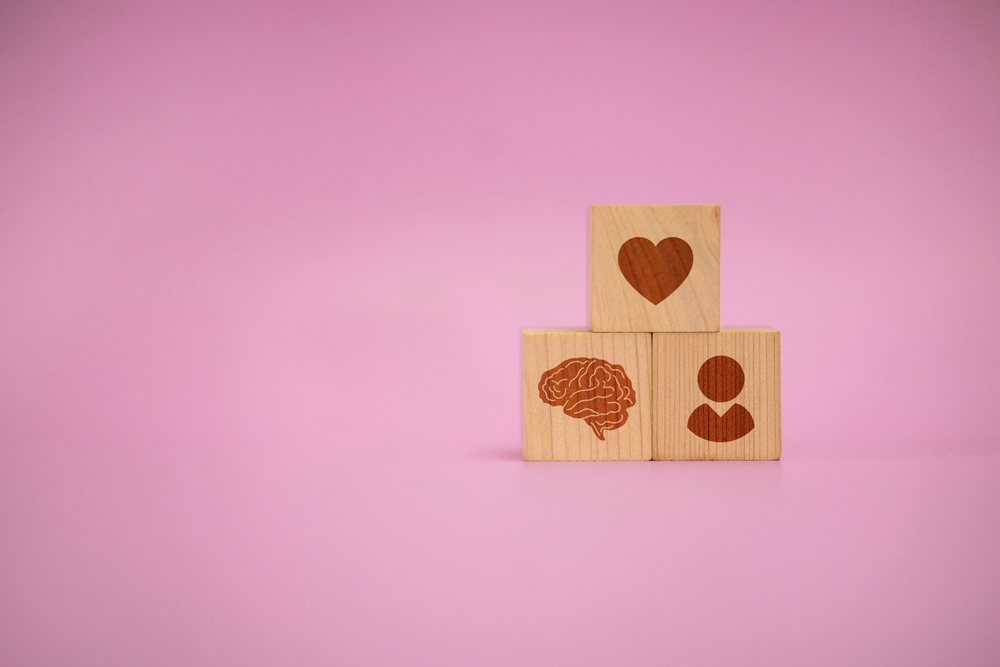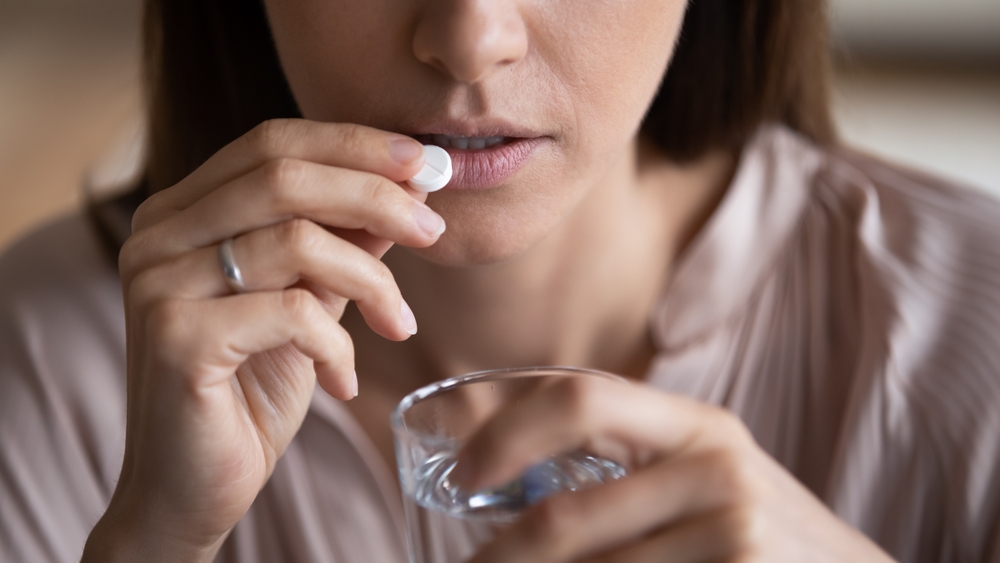

We’ve all been there—feeling our heart race, thoughts spiraling, and that familiar tightness in our chest that signals anxiety is taking hold. In our busy lives, anxiety has become an unwelcome companion for many of us. What if one of the most powerful tools for managing these feelings was something accessible to almost everyone, requiring no prescription or expensive therapy sessions?
The Science Behind Exercise and Anxiety
Recent research has revealed what many have intuitively felt: physical movement can significantly reduce anxiety. But you don’t need to become a marathon runner or fitness enthusiast to reap these benefits. Even modest amounts of movement can make a meaningful difference in how you feel.
What the Research Shows
A 2023 systematic review by Wang and colleagues found that regular exercise significantly improved anxiety symptoms, with particularly strong effects from just 30-40 minutes of activity, 3-5 times per week. Perhaps even more encouraging for those of us who struggle with consistency is research by Weinstein et al. (2024), which demonstrated that even a single bout of exercise can provide immediate anxiety relief.
But what if traditional exercise feels overwhelming? The good news is that the anxiety-reducing benefits aren’t limited to high-intensity workouts. Research by Ewuzie et al. (2024) confirmed that various forms of movement—from gentle walking to Pilates—effectively reduce anxiety symptoms across diverse populations.
For those who prefer strength training, Gordon’s meta-analysis (2017) found that resistance exercise training significantly reduced anxiety symptoms. This means that lifting weights or doing bodyweight exercises like push-ups or squats can be just as beneficial for your mental health as aerobic activities.
How Exercise Calms Your Brain
Exercise’s impact on anxiety extends beyond just distraction or the feel-good endorphins we often hear about. One of the most fascinating mechanisms involves Brain-Derived Neurotrophic Factor (BDNF), a growth hormone that supports brain health and adaptability.
When we exercise, our bodies naturally increase BDNF production, which plays a crucial role in neuroplasticity—the brain’s ability to form new connections and adapt to challenges. For individuals with genetic variants that affect BDNF production (who may be more susceptible to anxiety), exercise becomes even more vital as one of the few natural ways to boost these levels.
Additionally, regular physical activity helps regulate our body’s stress response system, making us more resilient when facing anxiety-provoking situations. It’s like training your nervous system to remain calmer under pressure.
Finding Your Movement Sweet Spot
Start Where You Are—Not Where You Think You Should Be
If you’re feeling overwhelmed by exercise recommendations or struggling to maintain consistency, remember this: any movement is better than none. The research by Ramos-Sanchez et al. (2021) confirms that even modest exercise provides benefits for anxiety management.
Here’s where to begin if traditional exercise feels daunting:
- The five-minute rule: Commit to just five minutes of movement. Often, once you start, you’ll continue longer, but if not, those five minutes still count.
- Movement snacks: Scatter brief moments of activity throughout your day—a quick stretch break, taking the stairs, or a two-minute walk around your home or office.
- Habit stacking: Attach movement to something you already do daily. Do calf raises while brushing your teeth or squats while waiting for your coffee to brew.
Alternative Approaches That Count
If traditional exercise doesn’t appeal to you, research supports the anxiety-reducing benefits of various movement practices:
Yoga has shown particularly promising results for anxiety management. Studies indicate that yoga interventions can significantly reduce both state anxiety (how you feel right now) and trait anxiety (your general tendency toward anxious feelings). A 12-week yoga program demonstrated significant anxiety reduction in university students, and other research suggests yoga outperforms general stress education for those with generalized anxiety disorder.
Walking meditation, which combines gentle movement with mindfulness, offers dual benefits for anxiety reduction. The combination of rhythmic movement and present-moment awareness creates a powerful calming effect on the nervous system.
Dance, gardening, or playing actively with children or pets all count as beneficial movement. The key is finding something that feels good and sustainable for you.
Overcoming Common Barriers
“I don’t have time”
Remember Weinstein’s research showing benefits from even a single exercise session? Quality can sometimes matter more than quantity. On your busiest days, even five minutes of deliberate movement can help regulate your nervous system.
“Exercise makes me more anxious”
Some people, particularly those with panic disorder or high sensitivity to physical sensations, may initially experience increased anxiety during exercise due to heightened awareness of bodily sensations like increased heart rate. If this sounds familiar:
- Start with gentler forms of movement like walking or restorative yoga
- Gradually increase intensity as your body becomes accustomed to these sensations
- Consider exercising with a supportive friend or therapist initially
- Focus on how you feel after exercise, when the anxiety-reducing benefits typically become apparent
“I can’t stay consistent”
Consistency doesn’t have to mean perfection. Research suggests that even intermittent exercise provides benefits. Rather than aiming for a perfect streak, focus on accumulating movement across your week in whatever pattern works with your life.
Creating a Sustainable Approach
The most effective exercise for anxiety is the one you’ll actually do consistently. Here’s how to build a sustainable practice:
- Start small: Begin with just 5-10 minutes if needed
- Focus on enjoyment: Choose activities you genuinely like
- Remove friction: Make it as easy as possible (workout clothes ready, shoes by the door)
- Track your mood: Notice how different types of movement affect your anxiety levels
- Celebrate all movement: Every bit counts—even a brief walk or stretch break
The Bottom Line: Exercise as Part of Your Anxiety Toolkit
While exercise shows remarkable promise for anxiety management, it works best as part of a comprehensive approach. For some with mild anxiety, regular movement might be sufficient to maintain mental wellbeing. For others, exercise complements other treatments like therapy or medication.
What matters most is giving yourself permission to start where you are. You don’t need to transform into a fitness enthusiast overnight—or ever. The goal isn’t perfect adherence to an ideal exercise regimen, but rather finding sustainable ways to incorporate more movement into your life.
Your journey with exercise and anxiety doesn’t need to be all-or-nothing. Each small step you take—literally and figuratively—can help create more moments of calm in your day. Your body and mind deserve that gift, however it fits into your life.
Remember: even the smallest movements count, consistency trumps intensity, and the best exercise program is the one that works for your unique life and needs.
Cited Research Articles
Castellote-Caballero Y, Carcelén-Fraile MDC, Aibar-Almazán A, Rivas-Campo Y, González-Martín AM. Yoga as a Therapeutic Approach to Mental Health in University Students: A Randomized Controlled Trial. Frontiers in Public Health. 2024;12:1406937. doi:10.3389/fpubh.2024.1406937.
Cramer H, Lauche R, Anheyer D, et al. Yoga for Anxiety: A Systematic Review and Meta-Analysis of Randomized Controlled Trials. Depression and Anxiety. 2018;35(9):830-843. doi:10.1002/da.22762.
Ewuzie Z, Ezeano C, Aderinto N. A Review of Exercise Interventions for Reducing Anxiety Symptoms: Insights and Implications. Medicine. 2024;103(41):e40084. doi:10.1097/MD.0000000000040084.
Gordon BR, McDowell CP, Lyons M, Herring MP. The Effects of Resistance Exercise Training on Anxiety: A Meta-Analysis and Meta-Regression Analysis of Randomized Controlled Trials. Sports Medicine (Auckland, N.Z.). 2017;47(12):2521-2532. doi:10.1007/s40279-017-0769-0.
Martínez-Calderon J, Casuso-Holgado MJ, Muñoz-Fernandez MJ, Garcia-Muñoz C, Heredia-Rizo AM. Yoga-Based Interventions May Reduce Anxiety Symptoms in Anxiety Disorders and Depression Symptoms in Depressive Disorders: A Systematic Review With Meta-Analysis and Meta-Regression. British Journal of Sports Medicine. 2023;57(22):1442-1449. doi:10.1136/bjsports-2022-106497.
Ramos-Sanchez CP, Schuch FB, Seedat S, et al. The Anxiolytic Effects of Exercise for People With Anxiety and Related Disorders: An Update of the Available Meta-Analytic Evidence. Psychiatry Research. 2021;302:114046. doi:10.1016/j.psychres.2021.114046.
Simon NM, Hofmann SG, Rosenfield D, et al. Efficacy of Yoga vs Cognitive Behavioral Therapy vs Stress Education for the Treatment of Generalized Anxiety Disorder: A Randomized Clinical Trial. JAMA Psychiatry. 2021;78(1):13-20. doi:10.1001/jamapsychiatry.2020.2496.
Wang C, Tian Z, Luo Q. The Impact of Exercise on Mental Health During the COVID-19 Pandemic: A Systematic Review and Meta-Analysis. Frontiers in Public Health. 2023;11:1279599. doi:10.3389/fpubh.2023.1279599.
Weinstein AA, van Aert RCM, Donovan K, Muskens L, Kop WJ. Affective Responses to Acute Exercise: A Meta-Analysis of the Potential Beneficial Effects of a Single Bout of Exercise on General Mood, Anxiety, and Depressive Symptoms. Psychosomatic Medicine. 2024 Jul-Aug 01;86(6):486-497. doi:10.1097/PSY.0000000000001321.






